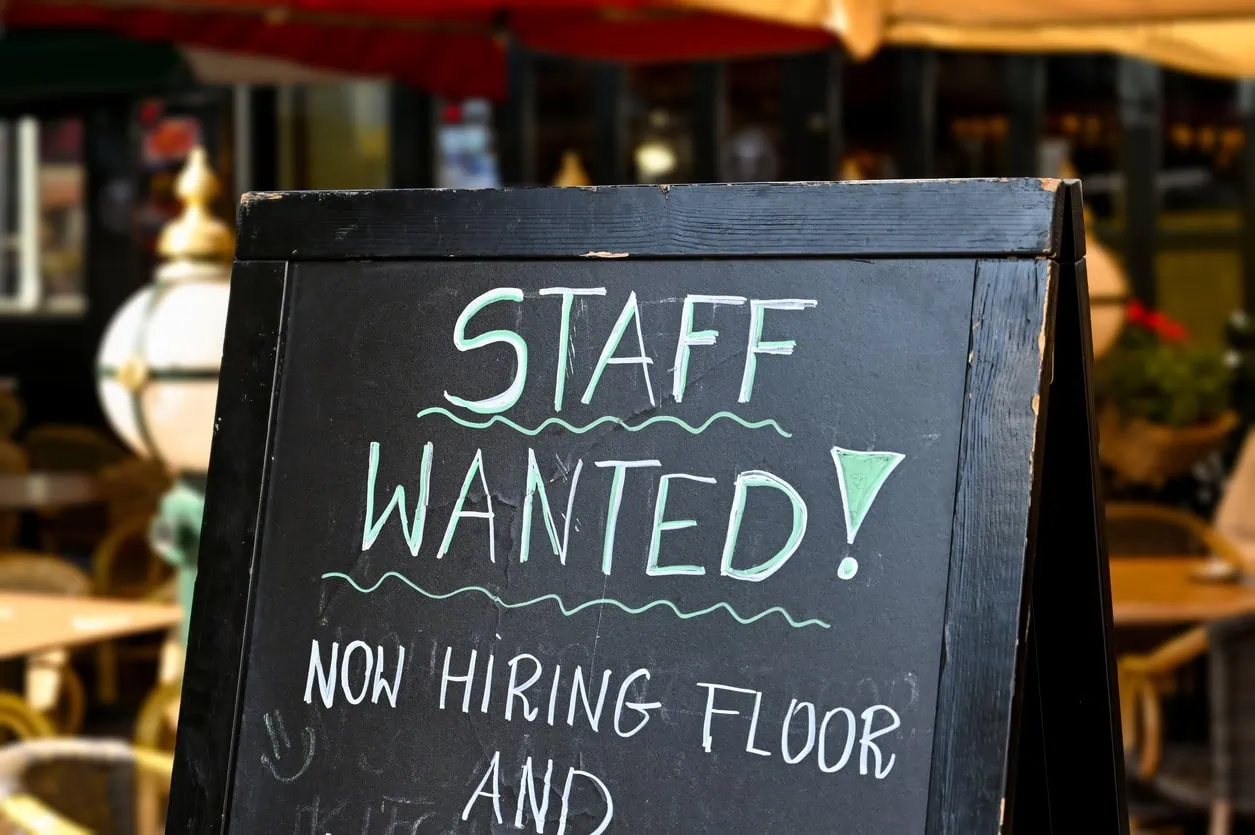Based on the AP Jobs report and June 2025 JOLTS data from the Bureau of Labor Statistics
In June 2025, U.S. job openings declined to 7.44 million, down from 7.7 million in May, matching economists’ expectations of around 7.50 million. This continued a gradual cooling trend in labor demand, as reported by the BLS Job Openings and Labor Turnover Survey (JOLTS) .
Highlights from the JOLTS Report
The Bureau of Labor Statistics recently released the June Job Openings and Labor Turnover Summary for June 2025.
-
Job Openings: The total openings stood at 7.437 million, a slight decline from May’s revised figure, and came in below forecasts of approximately 7.55 million.
-
Hires and Separations:
-
Hires remained at about 5.204 million, with little change in the hire rate (~3.3%).
-
Total separations (quits, layoffs, and other separations) remained steady near 5.1 million (~3.2%), including 3.1 million quits (quits rate ~2.0%) and 1.6 million layoffs or discharges (~1.0%).
-
- Industry Trends: Openings declined in sectors such as accommodation and food services (-308,000), healthcare (-244,000), and finance and insurance (-142,000); openings rose in retail (+190,000), information (+67,000), and state/local government education (+61,000).
Which Sectors Led the Decline
The most significant declines in job openings occurred in:
-
Accommodation & Food Services: down ~308,000
-
Healthcare: down ~244,000
-
Finance & Insurance: down ~142,000
Growth took place in:
-
Retail: up ~190,000
-
Information: up ~67,000
-
State and Local Government Education: up ~61,000
Market Reactions and Economic Context
-
Analyst Commentary: Glassdoor economist Daniel Zhao summed up the job report as “softer figures with hires and quits rates still sluggish. Not dire, not amazing, more meh.” Analysts generally view the data as consistent with a labor market that remains stable but losing momentum.
-
Macro Influences: The gradual slowdown aligns with the Federal Reserve’s cumulative interest rate hikes in 2022–2023 and trade policy uncertainty influencing corporate hiring decisions.
Broader Economic Context
-
The cooling aligns with 2022-2023 interest rate hikes by the Federal Reserve and business caution amid lingering trade uncertainty .
-
Year-to-date job creation in 2025 has averaged 130,000 per month, down from 168,000 in 2024, and well below the 400,000 average during the 2021–2023 recovery.
-
Despite these declines, layoff rates remain low (about 1%), indicating employers are reluctant to shed existing staff.
Looking Ahead to July
The Labor Department will release July hiring and unemployment data soon. Economists expect the July jobs report to show:
-
Unemployment rate to rise slightly to around 4.2%, up from 4.1% in June.
-
Nonfarm payroll gains of about 115,000 jobs, which is down from 147,000 in June.
FAQs
How many job openings were reported in June 2025?
Employers in the U.S. posted approximately 7.44 million job openings in June, down from 7.7 million in May and slightly below the forecast of 7.5 million.
Are fewer people being hired?
Yes. Hiring decreased by about 261,000, totaling 5.204 million hires in June, indicating a slowdown in labor demand relative to May.
What’s happening with layoffs and quits?
Total separations stayed steady at around 5.1 million, including 3.1 million quits and 1.6 million layoffs/discharges, both largely unchanged from May. The quits rate held at 2.0%, the lowest level since December 2024.
Which industries saw the most change in openings?
-
Decliners:
-
Accommodation & Food Services (~ ↓308,000)
-
Healthcare (~ ↓244,000)
-
Finance & Insurance (~ ↓142,000)
-
-
Gainers:
-
Retail (~ ↑190,000), Information (~ ↑67,000), State & Local Government Education (~ ↑61,000).
-
Does the market still support job growth?
The U.S. economy added 147,000 jobs in June and the unemployment rate ticked down to 4.1%, though private-sector hiring was sluggish (just 74,000 jobs), a signal of uneven strength across industries.
Why is the job market cooling?
Economists attribute the slowdown to:
-
Interest rate hikes in 2022-2023 by the Federal Reserve.
-
Trade policy and tariff uncertainty affecting employer confidence.
-
Increasing recruitment and hiring complexity slowing down the process.
What does the low quits rate mean?
A lower quits rate often reflects reduced worker confidence in finding new roles. At the same time, layoff rates remain low, suggesting employers aren’t shedding staff, but also aren’t adding aggressively.
What’s ahead in July?
Economists expect the July jobs report to show:
-
Unemployment near 4.2%, up from 4.1% in June.
-
Nonfarm payroll growth of around 102,000-115,000 jobs, down from 147,000, indicating further moderation.
June’s JOLTS report points to a labor market in gradual transition… not crashing, but steadily cooling. Employers are hesitant to expand, and worker confidence is stabilizing at lower levels. With quits slowing and hiring subdued, data watchers and policymakers are watching closely for signs of whether the softening trend will extend, or stabilize. For those you you job hunting in this cooling market, diversity job boards like DiversityEmployment.com continue to deliver opportunities with employers and organizations who are still committed to inclusive hiring.

